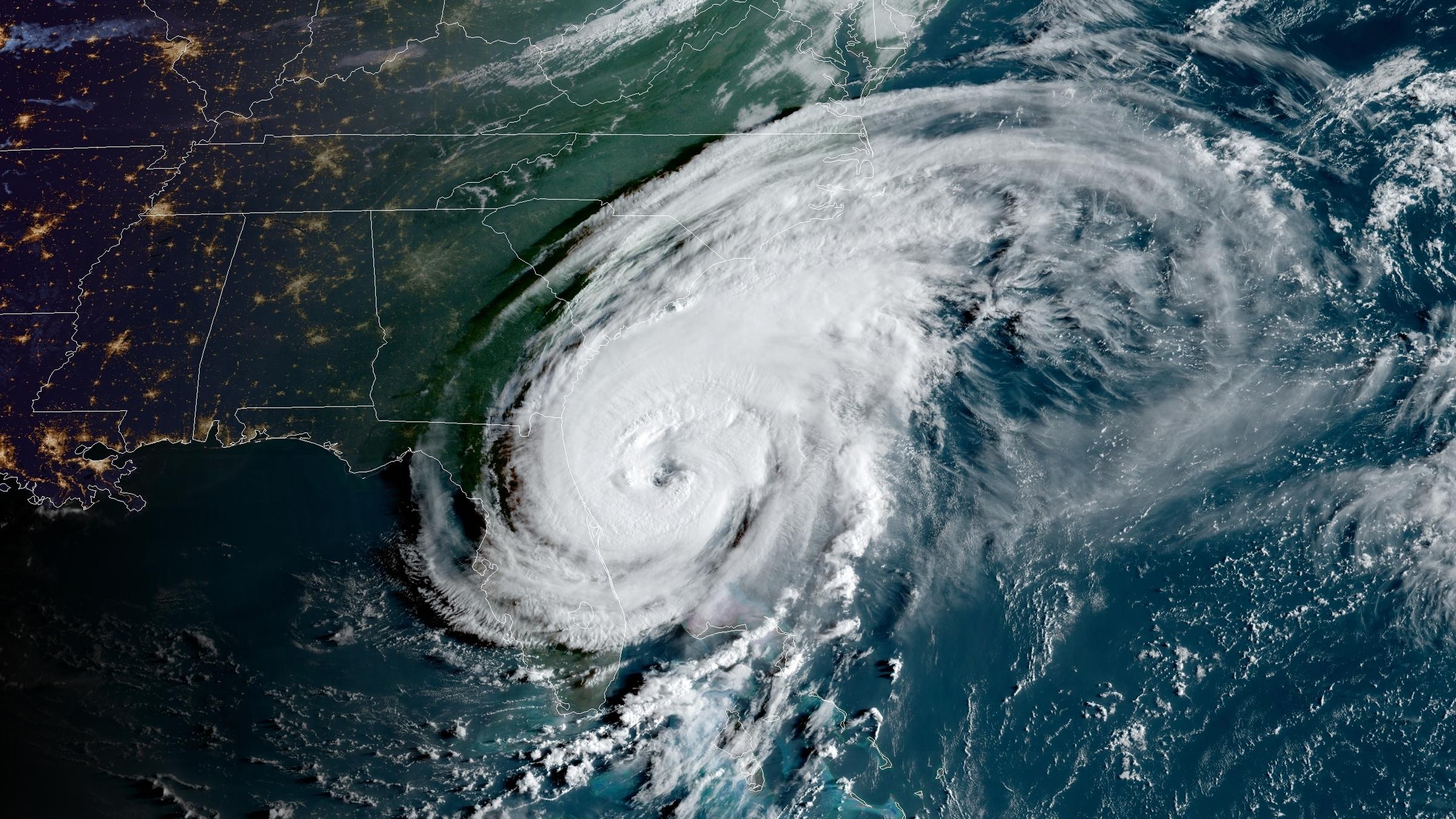News, ideas & inspiration from industry leaders

Are You Ready For Disaster Response In A COVID-19 World?
With communities rallying to help their local organizations, animal shelters are expanding their impact far beyond brick-and-mortar. The Association’s Katherine Shenar and HSUS’ Kim Alboum ponder what this might mean for disaster response.
As we move toward 2020 hurricane season on June 1, shelters are starting to see that our disaster model will need a few tweaks. COVID-19 response has created many changes in the way we are sheltering that will likely stick around when we enter into our new normal. One of the most significant changes is a positive one—as communities have stepped up to the plate, shelters are seeing sizeable increases in their available foster homes.
With more pets in foster homes—and more foster homes—the footprint of the animal shelter has grown significantly. For argument’s sake, let’s say that rather than 80% of pets in the shelters and 20% in foster, there are now 40% in the shelter and 60% in foster homes, or even more. Should a tornado, hurricane or other natural disaster strike and result in widespread community damage, your foster families may need to be evacuated or could be impacted in such a way that they need to return their foster pets to your shelter. This number could be significant—even before we account for the owned pets who need temporary holding.
Emergency disaster transport of homeless pets to create room in the community for those impacted may also become more challenging. If local transportation due to flooding, downed trees or treacherous roads is an issue, returning the vast majority of pets to the shelter for transport could be a much larger operation.
Our nationwide decrease in shelter pets is just incredible, but we now need to sharpen pencils and update our disaster plans to reflect the enormous community support shelters are receiving through COVID-19 response. When this is over, our new normal may not remain this extreme, but it will likely lay somewhere in the middle. The footprint of the community animal shelter will be physically larger, requiring some extra thought in our disaster planning and response.
What’s the discussion around future disaster response like at your organization? What would you add to the conversation?


